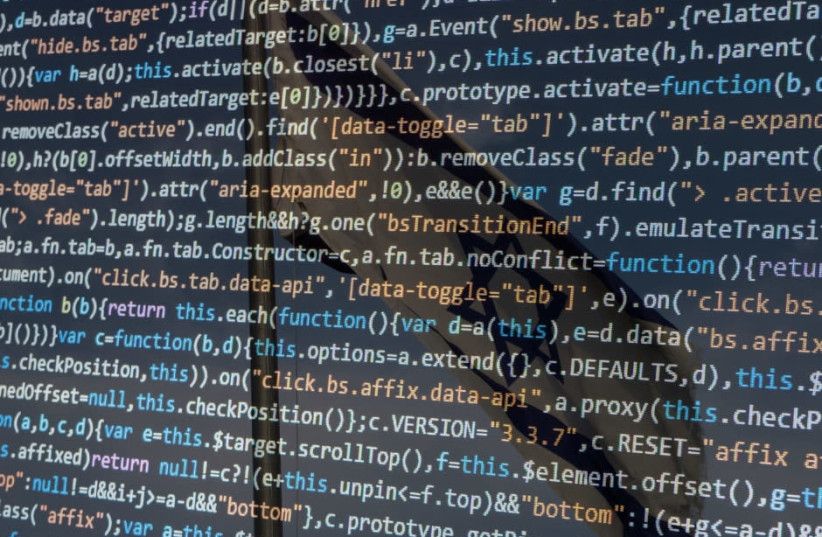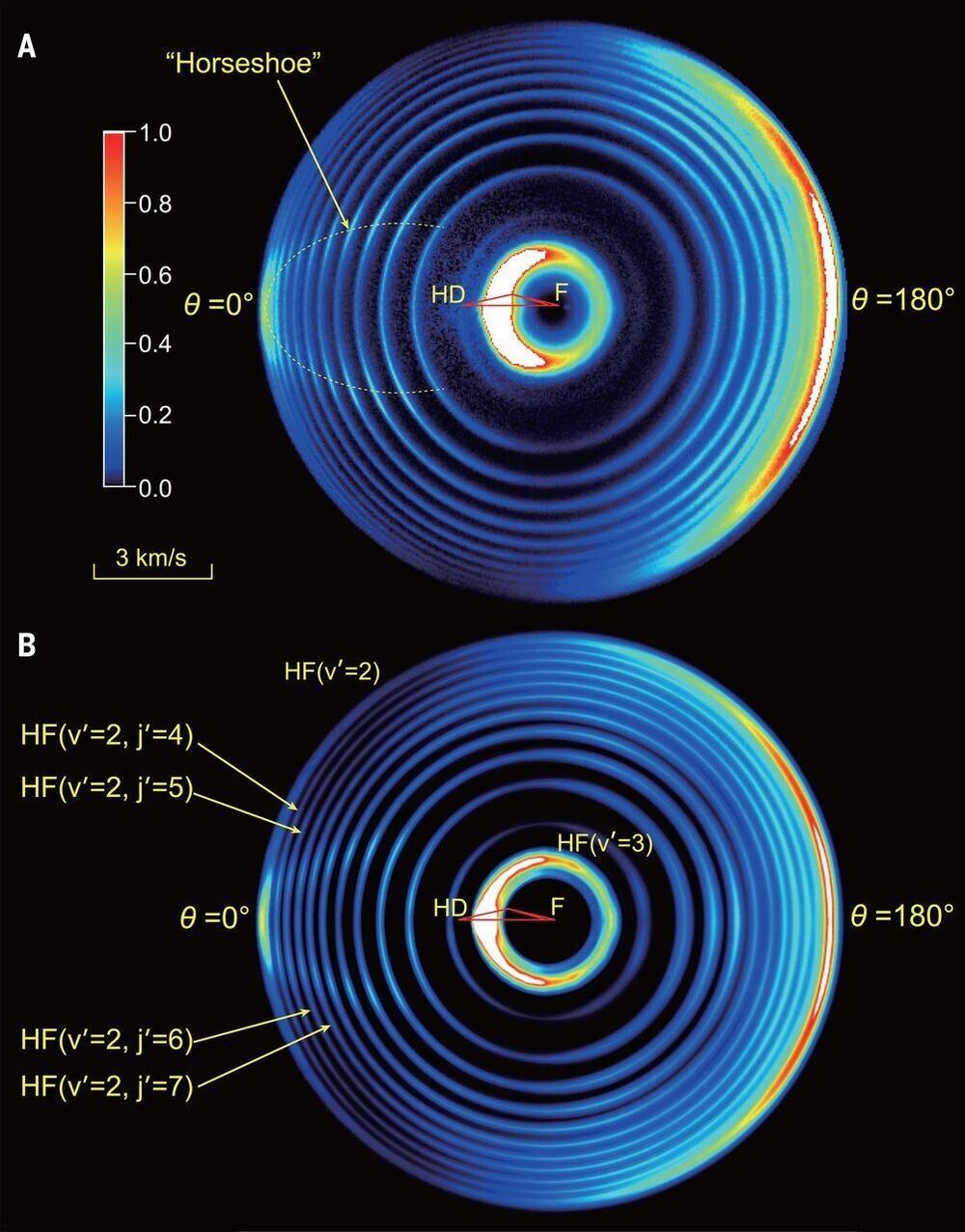Israel is investing 1.25 billion NIS in a national initiative to build up quantum proficiency, and this project in particular is part of that initiative.



There is considerable debate over whether plants are conscious and this, indeed, is an important question. Here I look at developments in neuroscience, physics and mathematics that may impact on this question. Two major concomitants of consciousness in animals are microtubule function and electrical gamma wave synchrony. Both these factors may also play a role in plant consciousness. I show that plants possess aperiodic quasicrystal structures composed of ribosomes that may enable quantum computing, which has been suggested to lie at the core of animal consciousness. Finally I look at whether a microtubule fractal suggests that electric current plays a part in conventional neurocomputing processes in plants.


Pharma giants and computing titans increasingly partnering on quantum computing.
Theoretically, quantum computers can prove more powerful than any supercomputer. And recent moves from computer giants such as Google and pharmaceutical titans such as Roche now suggest drug discovery might prove to be quantum computing’s first killer app.






A team of researchers from the University of Science and Technology of China, the Chinese Academy of Sciences and the Southern University of Science and Technology, has discovered a thought-provoking pattern in cross-sections observed in an F + HD → HF + D reaction. In their paper published in the journal Science, the group describes their double-pronged approach to learning more about the role of relativistic spin-orbit interactions in chemical reactions. T. Peter Rakitzis, with the University of Crete, and IESL-FORTH, has published a Perspectives piece in the same journal issue outlining the difficulty of studying chemical reactions at the quantum level and the work done by the team in China.